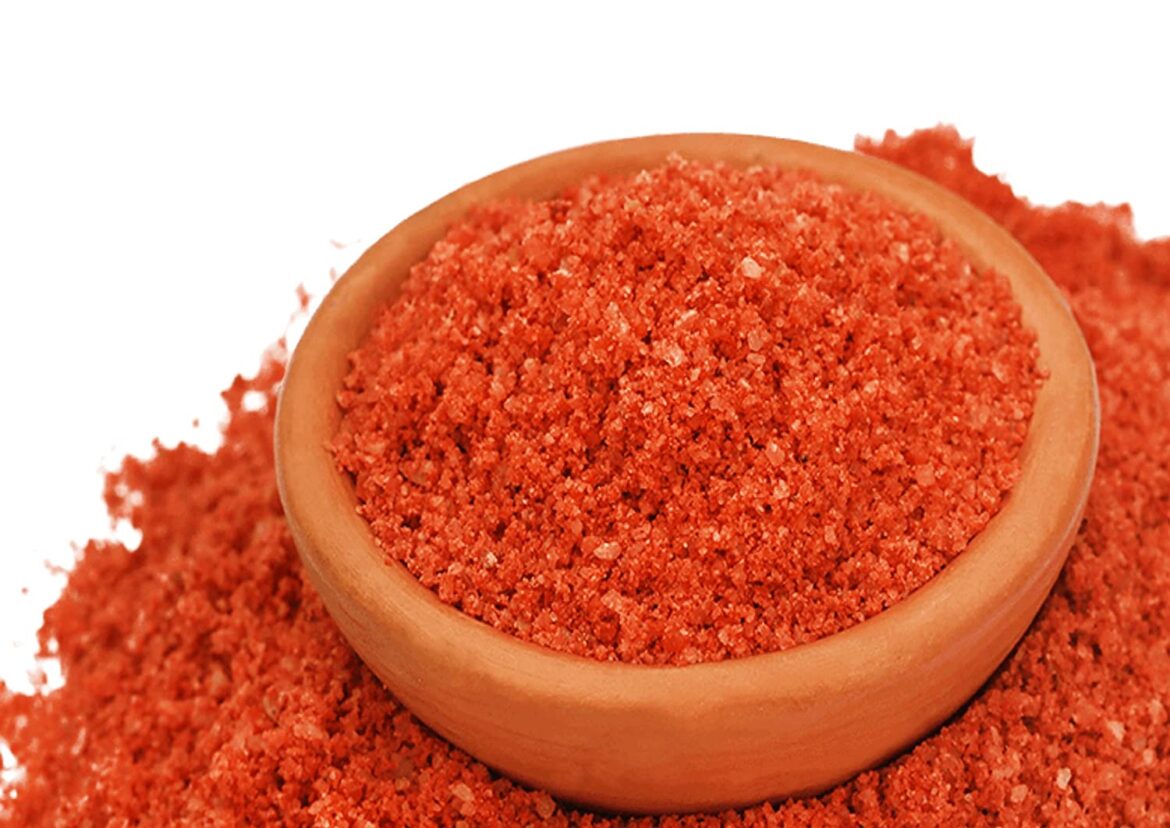With the recent cold conditions experienced throughout the UK it is worth considering the impact of nutrition on plant tolerance to cold, says an analysis recently published by the Potash Development Association (PDA). The organisation, which provides technical information and advice in the UK and Ireland in the area of potash use and correct fertiliser practice on farms, argues in the study that while the role of potassium (K) in protecting crops against frost damage is widely recognised, the detail behind the mechanisms may not be so clearly understood.
When potash is deficient in plants, the stomatal activity is inhibited resulting in poor control over gas exchange, impairing photosynthesis and water control, making plants more susceptible to stresses from drought, frost, water uptake, and soil salinity. Plant stress brought about by frost or cold temperatures results in photooxidative damage to chloroplasts. This is brought about as a result of high light energy in excess of the capacity of chloroplasts to use it for CO2 fixation at low temperature. This excess energy forms reactive oxygen species (ROS) which impair the photosynthetic processes and damage cells. A major function of potassium in plants is the role of osmotic pressure in cells through the maintenance of a high concentration of potassium in the cell sap. Cold temperatures can result in the formation of ice crystals in plants, which protect themselves against this process by storing sugar and potassium within their cells. Both these substances act to lower the cells freezing point, maintaining cell functionality. Additionally, the activities of numerous enzymes which might play a part in frost resistance are also dependent on adequate potassium levels.
There is evidence that plants exposed to stress benefit from more than the usual amount of potassium. For example, large applications have reduced the extent of cold damage in oilseed rape. In this experiment, potassium fertilisation increased frost resistance on all three soils and particularly so on the soil of lowest K status. The effect of increasing potash fertiliser application in mitigating frost damage on the soil of medium K status without effecting tuber yield indicates the requirement of higher potassium supply to improve frost resistance at low temperatures. It is not just potassium that can improve a crops tolerance to cold temperatures, various observations have been made relating to the impact of calcium and phosphorus, as well as some micronutrients. Potassium should not therefore be considered in isolation for this purpose. The risk of frost may have subsided for the time being as temperatures have risen dramatically, but late frosts arguably are a greater cause for concern, when plants are further forward, containing more water, and the potential for potassium deficiency is greater.
Formed in 1984, the Potash Development Association has aimed to improve the understanding of potash in soils and plant nutrition, so that the amount used, and the timings of the applications, are correct for the crops and grass being grown. The PDA believes that improving the way potash is used on farms is a useful contribution to the success of the agricultural industry.




